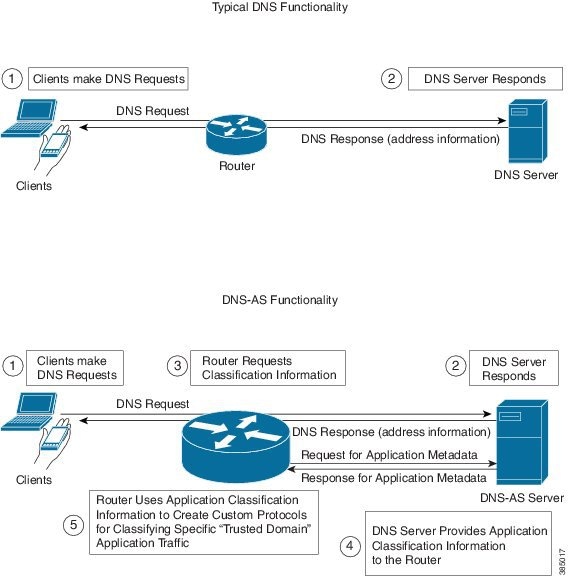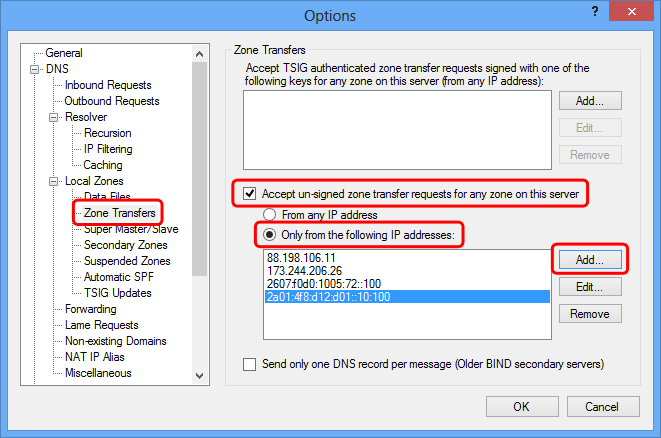

- #Simple dns plus start command line how to
- #Simple dns plus start command line install
- #Simple dns plus start command line drivers
- #Simple dns plus start command line update
- #Simple dns plus start command line pro
Port 16000 for server administrators using Admin Console. This port is used by Admin Console and for web publishing (HTTPS) if SSL connections are used. The secure web connections port, port 443. This port is used by Admin Console and for web publishing (HTTP). In the server computer's firewall, open the necessary ports so that FileMaker Server can communicate with administrators and clients: The installer creates a separate web server instance and enables it for FileMaker Server to use on these ports. If it is enabled, ensure that no existing website uses port 80 or 443. macOS: The web server included in macOS does not need to be enabled. Windows: The FileMaker Server installer enables the IIS web server if it isn’t already enabled, then runs the Microsoft Application Request Routing (ARR) installer, creates its own website in IIS, and configures the website to use the ports specified for web connections. If the FileMaker Server installer detects existing websites using these ports, you must disable those websites and make the ports available. These ports are used by FileMaker Server even if web publishing is disabled. FileMaker Server requires that port 80 is available for web connections and port 443 is available for secure web connections. The web server serves web publishing clients, hosts the web-based Admin Console application, and handles some data transfer tasks. #Simple dns plus start command line install
To install on more than one machine, see Deploying FileMaker Server across multiple machines.įileMaker Server requires a web server in all deployments.
#Simple dns plus start command line how to
This section explains how to install FileMaker Server on a single machine. For details and installation steps, search for "JDK" in the Knowledge Base. After enabling the Web Publishing Engine on the primary and each secondary machine in Admin Console, follow the on screen instructions that appear. To use web-related services, you must install either OpenJDK or Oracle JRE. Due to Java licensing changes, FileMaker Server no longer installs a Java Runtime Environment (JRE), needed for using Custom Web Publishing and FileMaker WebDirect.
#Simple dns plus start command line update
Make sure users have applied the most recent update of their client software.įor additional information about supported clients and licensing requirements, see the FileMaker Server system requirements.
Web services or applications accessing data through the Claris FileMaker Data API and the OData API. Note: Custom Web Publishing with XML is not available on Linux. For information on how to setup Custom Web Publishing with XML, search for "PHP bundling deprecation and removal from FileMaker Server" in the Knowledge Base. Web users accessing data through the FileMaker Server Web Publishing Engine using FileMaker WebDirect and Custom Web Publishing with XML. #Simple dns plus start command line pro
See FileMaker ODBC and JDBC Guide and FileMaker Pro Help.
#Simple dns plus start command line drivers
The FileMaker ODBC and JDBC drivers are available in the xDBC folder in the installation disk image and on the FileMaker downloads page.
ODBC (Open Database Connectivity) and JDBC (Java Database Connectivity) client applications using the FileMaker client drivers. FileMaker Pro Advanced 18 and FileMaker Pro 19. Requirements for Admin ConsoleįileMaker Server supports the following client applications: 
See the FileMaker Server system requirements.įor information about assisted installation, see FileMaker Server Network Install Setup Guide.
Installing on a secondary machine (Linux)īefore you install, confirm that your machines meet the minimum requirements. Upgrading FileMaker Server on a single machine and secondary machine (Windows and macOS). Installing on a secondary machine (Windows and macOS). Installing on a single machine (Windows and macOS). Note:References to FileMaker Server 19 also apply to 19.1, 19.2, and 19.3 unless specified otherwise. 
The installation process for Windows and macOS is different from the Linux installation process. Claris® FileMaker Server™ is a dedicated database server that hosts databases created using Claris FileMaker Pro™ so that data can be shared and modified by FileMaker Pro, Claris FileMaker Go®, and Claris FileMaker WebDirect® clients, and by other client applications supported by the Claris FileMaker Server Web Publishing Engine and the Claris FileMaker® Data API Engine.įileMaker Server runs in Windows, macOS, and Linux operating systems.







 0 kommentar(er)
0 kommentar(er)
